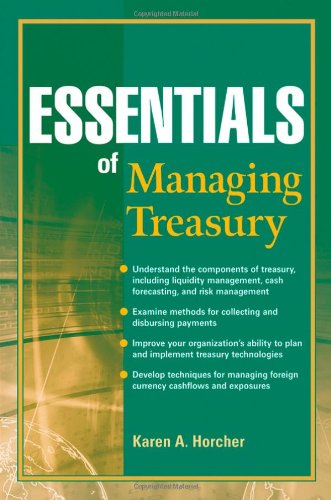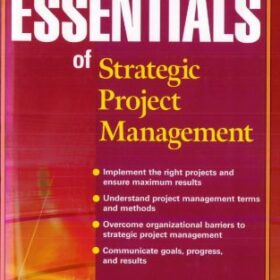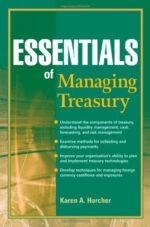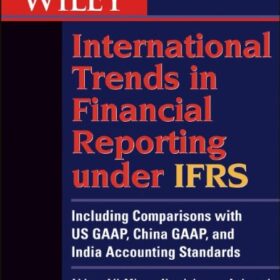Jorion’s Value at Risk (VaR) will almost surely be assigned in the 2009 Financial Risk Manager (FRM) curriculum. Regardless, it is recommended as an excellent introduction to VaR. There is so much confusion about VaR. For example, some continue to think VaR assumes normality. But, simulated VaR (historical or Monte Carlo) methods require no distributional assumption at all; and parametric VaR does not need a normal. Normal is popular for two reasons: (1) it’s a fine place to start learning and (2) VaR was born in short-term trading (market risk), arguably the only place is still has a place! Here […] is a great no-nonsense overview of the three basic VaR approaches.
Jorion’s book, like all the others, will need to be updated for the credit crunch. Chapters on stress testing and liquidity risk now seem much too brief (although his review of liquidity risk is among the best you could have found before the crisis). The strength of this book is its accessibility; math is employed but most is within gentle reach.
For FRM candidates, please note that two of the chapters are deceptively brief but they requires significant time to digest: you will need to read Chapter 7 on portfolio analytics and Chapter 11 on VaR mapping more than once. I promise you 7 and 11 will require lots of your time!
Also, another thing about Jorion that I’ve learned over the years, as I’ve taught risk: he is careful and precise with language (without pedantry), which makes him among the best authors in the curriculum. My only criticism of the book is its topical ambition: in trying to cover too many topics, he only flirts with several to insufficient impact.
My notes:
Chapters 1, 2, 3 on the motivation for VaR will need to be updated (e.g., Basel II)
Chapters 4 and 5 setup the introduction to generic VaR approaches; i.e., simulation backward (historical), forward (Monte Carlo), or parametric. But the EVT intro is insufficient.
Chapter 6 (backtesting) is recommended because it explains the Basel IMA backtesting in the context of Type I/Type II error trade-off
Chapter 7 is typically assigned in the FRM. It needs more than one read, due to high density, but it’s very sharp. Explains incremental VaR, marginal VaR, component VaR and their relationships (and to portfolio beta). Pays dividends if you spend effort.
Chapter 8 is too ambitious (multivariate models). It doesn’t succeed in explaining PCA. But instructive example on risk factors in bond portfolios.
Chapter 9 is about GARCH(1,1) and EWMA. John Hull’s chapter is on this is better.
Chapter 10 gives pros/cons on the three VaR approaches. Fine, but will needs to be updated.
Chapter 11 is about VaR mapping. It has typically been assigned in FRM. Time consuming but ultimately does introduce mapping.
Chapter 12 on Monte Carlo doesn’t succeed. Ends up being a checklist.
Chapter 13 on liquidity risk is excellent, in my option (e.g., plain discussion of endogenous/exogenous factor treatment), given that it used to be hard to find coverage of this topic. GARP should have assigned this chapter. Liquidity risk, of course, is getting tremendous attention. But this remains a great intro.
Chapter 14 on is a high-level overview of stress testing. Needs more detail and an update.
Chapter 15 (Using VaR to Measure and control risk) merely introduces implementation; will need updating.
Chapter 16 (Active risk management) is too ambitious. Ends up merely flirting with economic capital (EC) and EVA.
Chapter 17 (risk budgeting in investment management) has been assigned in the FRM. It reviews a method for calculating surplus at risk (SaR); i.e., VaR for a pension fund.
Chapter 18 (credit risk) has not historically been assigned to FRM, but this is recommended for the accessible introduction to counterparty exposure (e.g., diffusion and amortization effects).
Chapter 19 is also a helpful introduction to operational risk, where the Basel OpRisk discussion remains relevant.









Reviews
There are no reviews yet.